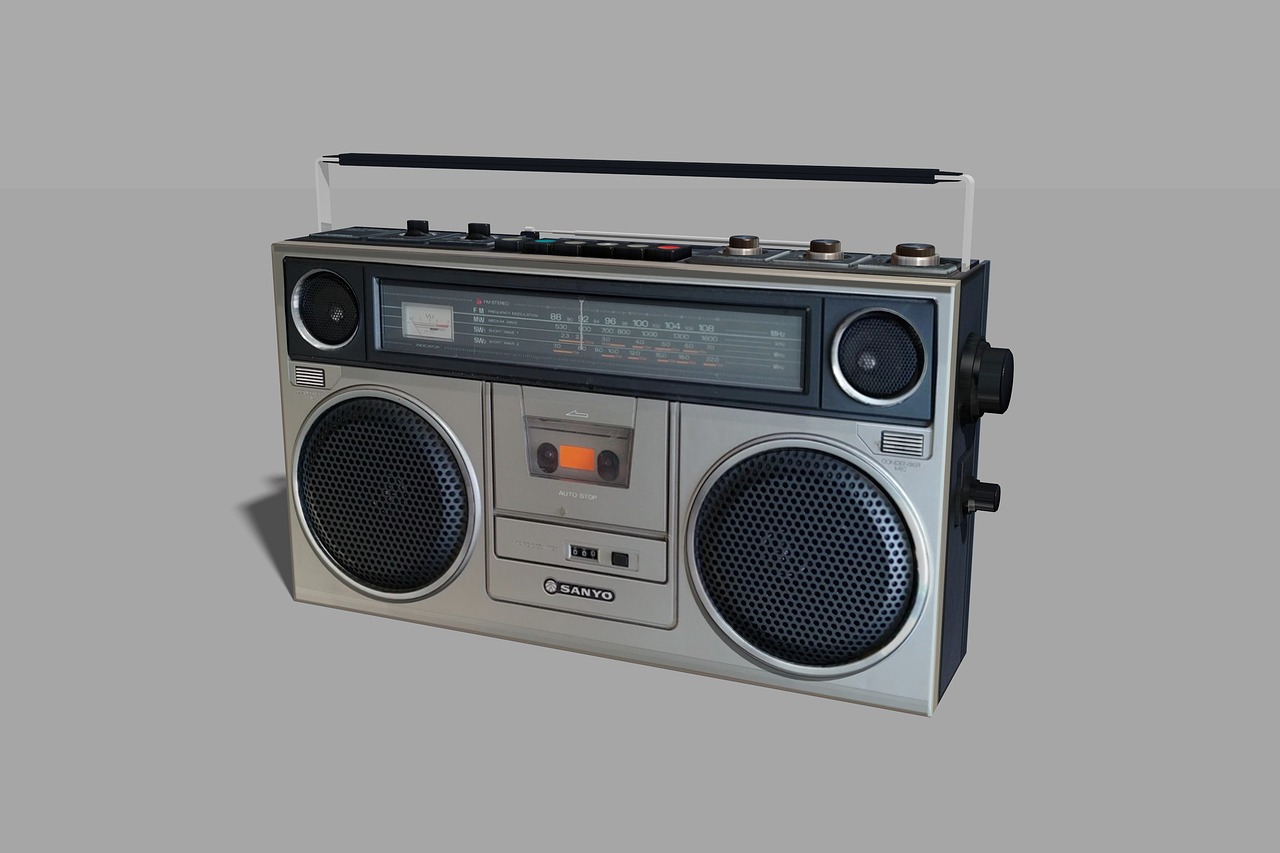Exploring the Psychology of Escape Rooms: Immersive Entertainment and Problem-Solving
Escape rooms have gained immense popularity in recent years due to their unique and immersive gameplay experience. Participants are drawn to the challenge of solving puzzles within a limited time frame, creating an adrenaline-filled environment that tests their problem-solving skills. The interactive nature of escape rooms allows players to step into a different world where they become the protagonists in a captivating story, enhancing the overall appeal of the game. The thrill of collaboration and the sense of accomplishment when successfully completing a room contribute to the addictive nature of escape rooms, leaving players eager to tackle more challenges.
The Role of Immersion in Escape Rooms
Immersive experiences have become a key component of escape rooms, enhancing the overall thrill and excitement for participants. By creating realistic and detailed environments that transport players into different scenarios, immersion plays a crucial role in making the game feel more engaging and believable. Whether it’s a creepy abandoned mansion or a futuristic spaceship, the level of immersion can greatly impact how effectively players are able to suspend their disbelief and fully immerse themselves in the game world.
The use of sound effects, lighting, props, and interactive elements all contribute to the immersive nature of escape rooms. These elements work together to create a multi-sensory experience that stimulates players’ senses and deepens their engagement with the game. When players feel like they are truly part of the story and setting, they are more likely to become fully invested in the game and motivated to solve the puzzles to escape successfully.
The Impact of Time Pressure on Problem-Solving
In the fast-paced environment of escape rooms, time pressure plays a crucial role in influencing participants’ problem-solving abilities. The looming threat of the clock ticking down creates a sense of urgency that can either enhance or impede cognitive processes. When faced with time constraints, individuals may experience heightened stress levels which can either catalyze creative thinking or hinder rational decision-making.
Research shows that moderate time pressure can lead to improved problem-solving outcomes as it pushes individuals to think quickly and make efficient choices. However, excessive time pressure can have detrimental effects, causing individuals to overlook critical details or rush through tasks without fully considering all possibilities. The balance between time pressure and problem-solving prowess is delicate, requiring participants to maintain focus and composure under duress in order to successfully navigate the challenges presented within an escape room scenario.
• Moderate time pressure can lead to improved problem-solving outcomes
• Excessive time pressure can have detrimental effects
• Balance between time pressure and problem-solving prowess is delicate
What are escape rooms and why are they so popular?
Escape rooms are physical adventure games where players solve a series of puzzles and riddles using clues, hints, and strategy to complete objectives within a set time limit. They are popular because they provide an immersive and interactive experience that challenges players mentally and emotionally.
How does immersion enhance the escape room experience?
Immersion in escape rooms involves engaging all of the players’ senses and creating a realistic environment that draws them into the game. This heightened sense of realism increases the players’ investment in the game and makes the experience more memorable and enjoyable.
How does time pressure affect problem-solving in escape rooms?
Time pressure in escape rooms adds a sense of urgency and excitement to the game, forcing players to think quickly and make decisions under stress. This can impact problem-solving by increasing focus, creativity, and collaboration among players as they work together to find solutions within the time limit.







